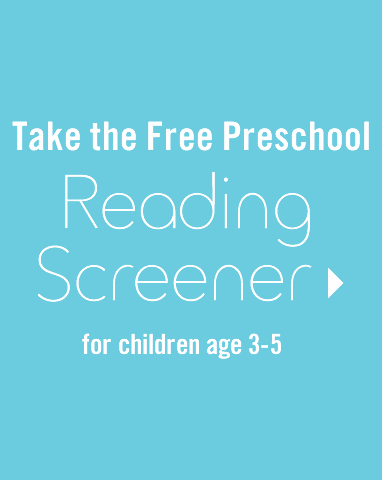Create an Alphabet Book together. Work on one or two pages each day until you have completed the whole alphabet. In this activity, your child will not only create a memorable book but will also practice writing letters, recognizing beginning sounds, and learning uppercase and lowercase letters.
- scissors
- old magazines
- unlined paper
- marker
- notebook
- magnetic uppercase and lowercase letters
- glue or glue sticks
Step 1: Prepare a space that contains writing materials, child-safe scissors, glue and plain paper. Gather magnetic letters and place them in a bowl. Have your child choose a letter from the bowl and tell you the letter name and letter sound.
Step 2: Have your child write the alphabet letter that she chose at the top of an unlined sheet of paper, one letter per sheet.
Step 3: Next, ask your child to look through the magazines and find two pictures that begin with that letter. Help your child cut each picture out and glue it onto the page. You might say:
Now find a picture that begins with this letter. Cut it out carefully and glue it on your letter Ss page.
Step 4: Once your child has completed that page, place the page in the notebook and choose a new letter. This activity will take several days to complete.
Provide additional support. You might need to tell your child the name of the letter and the sound that it makes. Ask her to repeat the letter name and sound after you.
You might also provide a written model for your child. Write the letter on the top of the unlined paper. Have your child touch and trace the letter that you wrote.
To add some challenge, see if your child can print alphabet letters without a model. Place unlined paper in the notebook. Invite her to write one letter of the alphabet on each page.
For even more challenge: Invite your child to draw the picture of another word that begins with the letter and to write the name of the picture beside it.
Remember that writing is done in stages and that your child is not expected to spell the words correctly at this time. For example, if your child spells “apple” as “apl”, that is perfectly okay, and you would not need to correct her spelling. Recognize that she used emerging knowledge of the alphabet and letter sounds to write the letters that she heard when the word was spoken.








